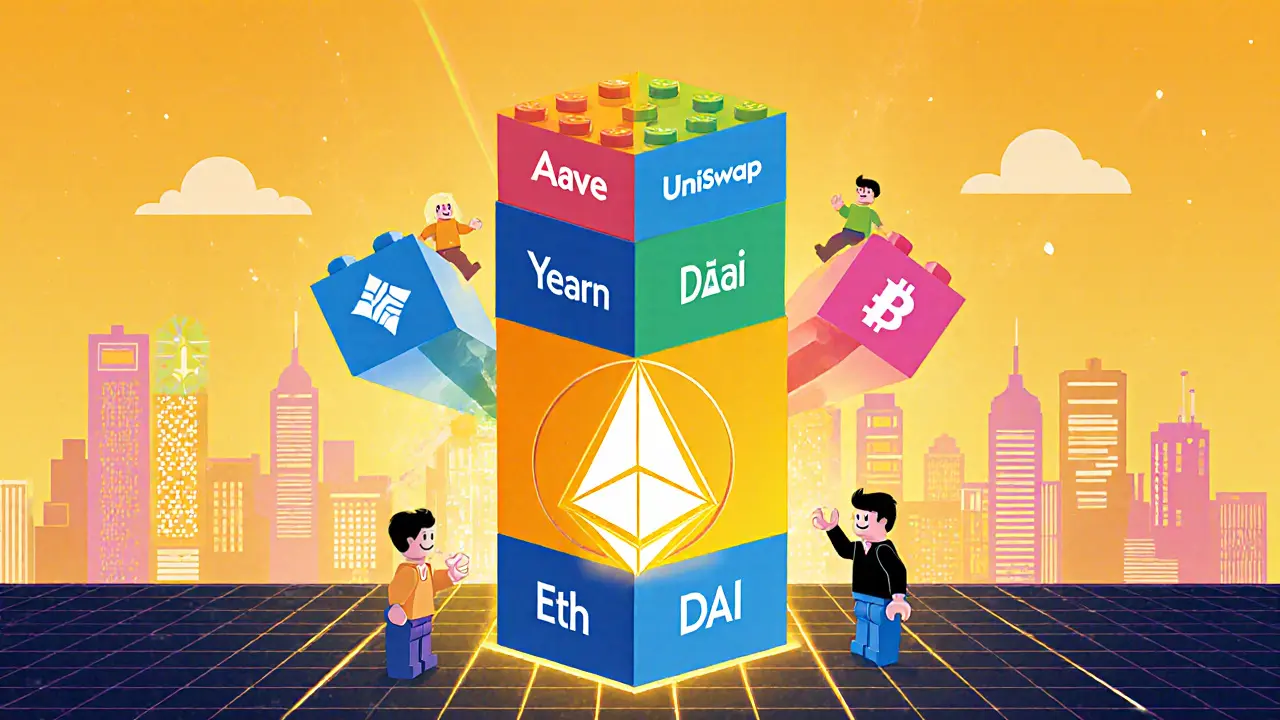DeFi Protocols: What They Are, How They Work, and Which Ones Actually Matter in 2025
When you hear DeFi protocols, decentralized financial systems that run on blockchains without banks or intermediaries. Also known as decentralized finance, they let you lend, borrow, swap, and earn interest—directly from your wallet. It sounds simple, but most DeFi protocols you find online are either dead, fake, or too broken to use. In 2025, only a handful still have real users, real liquidity, and real purpose.
These systems rely on smart contracts, self-executing code that runs automatically when conditions are met. It’s what makes DeFi possible—no human needs to approve your loan, no customer service rep holds your funds. But smart contracts don’t fix bad design. Look at IceCreamSwap (Blast)—it shows $0 trading volume. Or Wagmi (Kava), with just $356 in daily trades. These aren’t innovations. They’re digital tombstones. Real DeFi protocols like Uniswap v3 on Celo work because they solve actual problems: low fees, fast swaps, and mobile access for people in emerging markets.
Not all DeFi is created equal. Some are built for traders who want to avoid Ethereum gas fees—like Wagmi on IOTA EVM. Others, like HB DEX, are just features inside a wallet, not standalone platforms. Then there are the scams: LocalCoin DEX and Coinbook don’t exist. They’re phishing sites designed to steal your crypto. And SharkSwap? It’s invisible on CoinMarketCap, with no team, no audits, no volume. It only shows up in tax reports because it creates taxable events—even if no one uses it.
The real question isn’t whether DeFi protocols are powerful. They are. The question is: which ones are still alive? You don’t need another guide listing 50 DEXes. You need to know which ones have users, which ones have liquidity, and which ones are just noise. The posts below cut through the hype. You’ll find honest reviews of exchanges that still work, warnings about fake platforms, and clear breakdowns of how DeFi actually functions—no jargon, no fluff, just what matters.
How Composability Drives DeFi Innovation
Composability lets DeFi protocols connect like Lego blocks, enabling users to stack financial services on top of each other. This innovation drives faster development, higher yields, and unprecedented capital efficiency-but also introduces systemic risks.
Details +